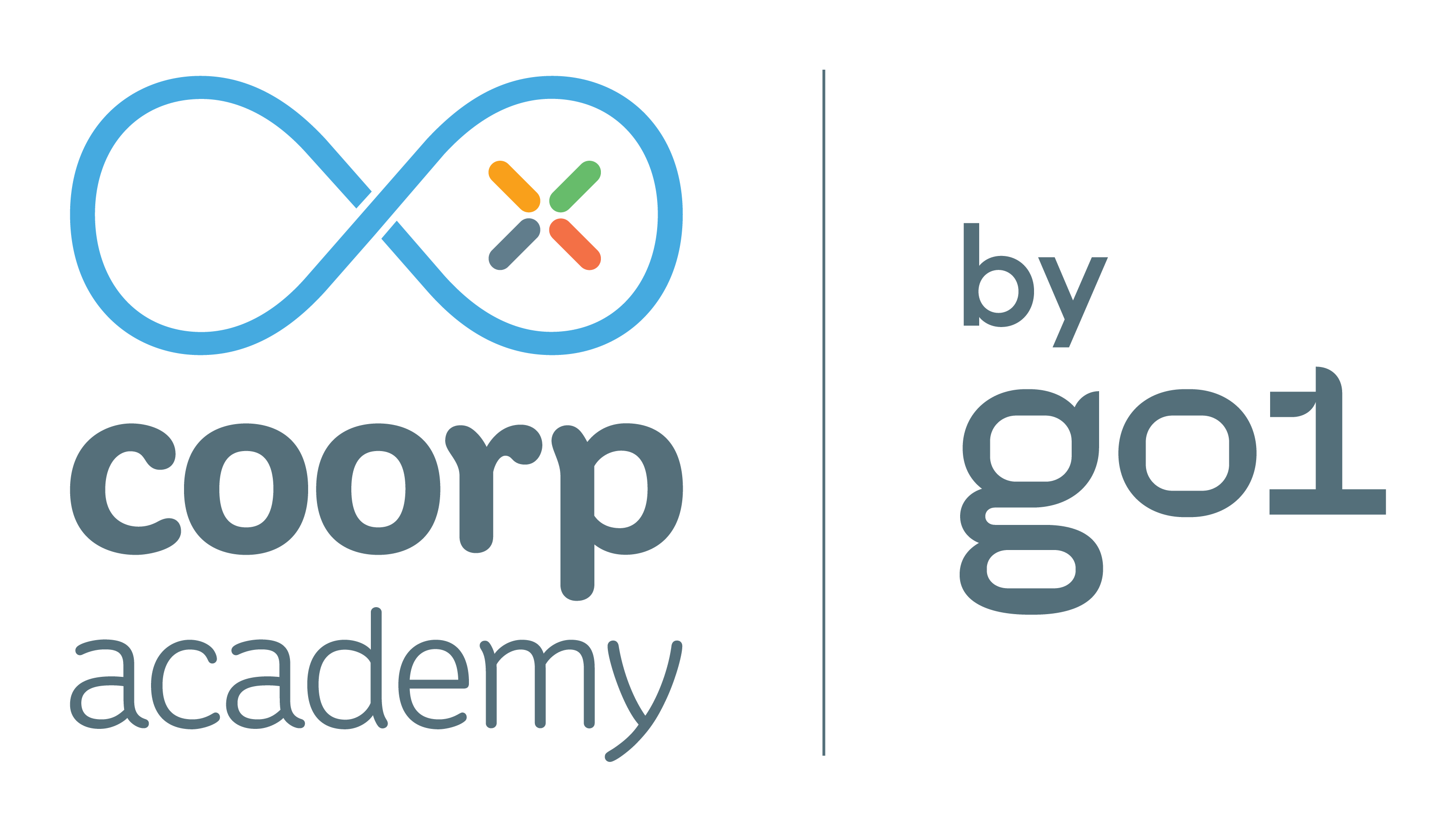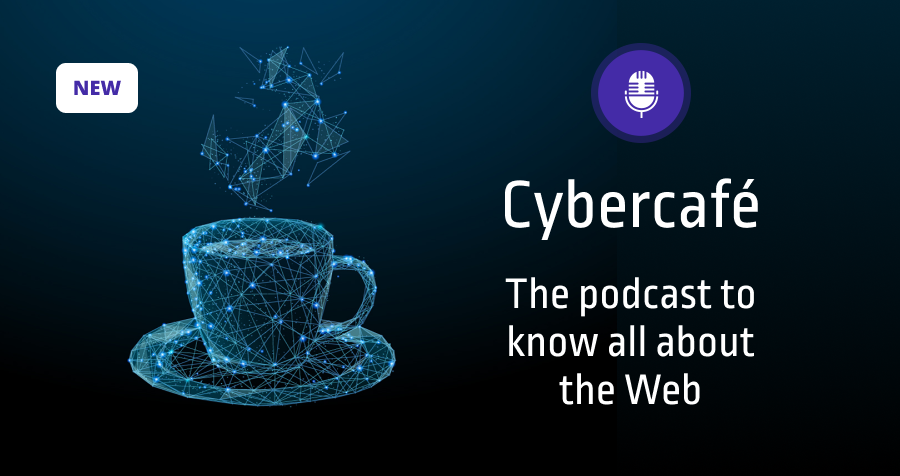How Thinking Like A Computer Will Help Save Our Jobs
Press

This piece has been written by Jean-Marc Tassetto, co-founder of Coorpacademy, and originally published on minutehack.com. To read it in its original form, it’s here!
Historically, IT training has focused on coding skills. Now we need to think more like machines as well.
According to Mary Meeker’s much anticipated, just published 2018 technology predictions, you can expect the pace of the disruption of technology on the way we work to just accelerate – not slow down.
But does that mean fewer jobs, as so many fear – or a completely new set of career opportunities?
The evidence of history points to the latter, as the famous Internet trend analyst herself says: ”New technologies have created and displaced jobs historically… Will technology impact jobs differently this time? Perhaps, but it would be inconsistent with history, as new jobs and services plus efficiencies, plus growth typically are created around new technologies.”
And it’s true technology is disrupting the job market. As the World Economic Forum’s 2016 Future of Jobs report and a recent OECD study also found AI (Artificial Intelligence) in particular looks set to take over more and more tasks.
Some authors claim that only as little as 35% of current skills will still be relevant in five years – others say less, and it’s white collar jobs facing automation upheaval this time round, not just blue.
Step forward Computational Thinking
It seems we are on the cusp of a new automation age for sure. And as the robots move into our workplaces, our job roles will adapt – and with it, the skill sets to remain relevant. Everybody will need to have abilities complementary with digital technology.
But not everybody will be in need of hard programming skills: the future will require more than just being to code in Python or deal with malware.
This could mean skills associated with the Cloud, analytics, mobility, security, IoT and blockchain certainly, but there is a growing consensus that, as a culture, we have to introduce a computational/programming-like approach into all of our approaches to work.
This is being formalised around the movement around Computational Thinking (CT), where the focus is not just on the machine but on the human, whose thinking and learning is enhanced by the machine as job roles involve more and more working with computers.
Computational Thinking is basically the approach we take when we consider how a computer can help us to solve complex problems – i.e. algorithms, the way a Machine Learning program can learn from the data it gets, the limits of computation and so on.
But it also shapes what the person involved in the business process does, like preparing a relevant data set for that task, dividing a problem in useful chunks resolvable for a computer, detecting configurations where automation and parallelisation can be introduced, designing digitally, and so on.
What does this look like in the real world? Say you’ve agreed to meet your friends somewhere you’ve never been before. You would probably plan your route before you step out of your house. You might consider the routes available and which route is ‘best’ – this might be the route that is the shortest, the quickest, or the one, which goes past your favourite shop on the way.
You’d then follow the step-by-step directions to get there. In this case, the planning part is like computational thinking, and following the directions is like programming.
With this definition, it’s immediately clear Computational Thinking is not just for computer scientists. Being able to think through a problem in a similar, logical manner and come up with a solution in the digital world is what matters, and what we may all need, and as our professional lives become increasingly automated, CT related skills will grow in importance.
Whether it’s computational contracts, education analytics, computational agriculture or marketing automation, success is going to rely on being able to work fluently with IT, but always to have your eyes on the bigger picture.
Some forward-thinking policymakers are beginning to try and put this digital extension to traditional education on the horizon.
The US, for instance, is among the early adopters of CT, with its National Research Council and US tech university Carnegie-Mellon has its Microsoft-sponsored Center for Computational Thinking that provides seminars, workshops, research activities on computational thinking in any domain of life.
Leading European Higher Education institutions are following suit, like the Federal Institute of Technology in Lausanne, Switzerland, which has been introducing dedicated CT lessons in all entry-level courses across all disciplines.
In the UK, the Open University is also running introductions to CT, while the National University of Singapore has made CT compulsory for higher education students, regardless of what course they are studying. Globally, Google is pushing hard for the democratisation of CT at early years to 12 education globally, providing a variety of teaching material to educators.
The call to action
But what should the world of business be doing about this huge momentous shift? How do firms incorporate CT approaches into their curricula to help their staff? What can we do to help employees successfully transition and acquire these new skills?
First, it’s absolutely key that you insist employees take time out for education and establish continuous learning programmes. To ensure success, you need to get away from the ‘top-down’ approach of old.
The old method of scheduling fixed hours for input needs to be discarded in favour of a learner-chosen model and a virtual learning environment in which all lessons and material are digital and available, 24×7 and increasingly via mobile and in short bursts.
In addition, incorporating gamification and collaboration features will increase employee engagement by activating the joy of competition and the desire for socialisation and exchange.
Employees are also time-poor and required to face rapid changes in their industries and jobs. What they learn must therefore meet their immediate needs and be adjustable to their level.
Asking them questions before any teaching takes place (the flipped pedagogy model) is a great way to pinpoint their level and means they’ll be offered the lessons they need. Finally, this is the foundation of a move towards adaptive learning, in which content and teaching frameworks are customised to the individual.
Such learner-centric approaches work, and can secure user engagement levels of more than 80%. One of our customers, Schneider Electric, places user centricity at the heart of its training efforts: “Individuals are able to self-pace their learning, and we are experimenting with mobile learning as the next frontier in this journey. Digital learning is now a way of life here.” None of this will succeed if employees don’t see the results for them.
According to a Gartner report published in May, “Place the learner’s experience and the solution’s usability at the top of the priority list for any new learning project.”
Training, be it CT-oriented or not, has to be about the learner experience, encouraging employees to develop all their skills to their full potential and to future-proof their careers – and employers need to offer skills like CT if they are to flourish, too.
Embracing a computational thinking mindset will prepare us to meet anything the digital world of the future can throw at us.
Jean-Marc Tassetto is the former CEO of Google France and co-founder of Coorpacademy, a growing force in the provision of user-centric corporate digital learning solutions.
To read this piece in its original form, it’s here!


